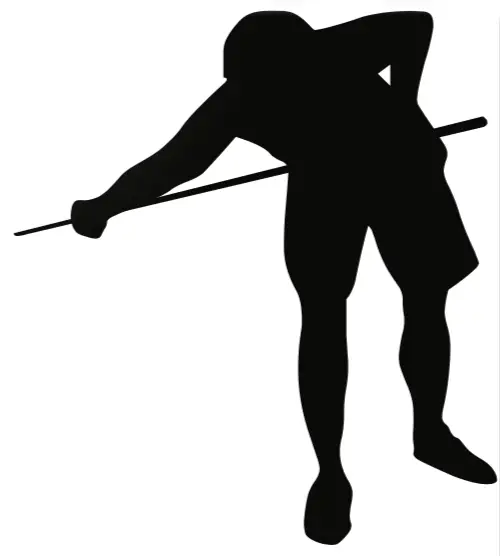me*chan*i*cal bridge
What Is The Definition Of Mechanical Bridge In Billiards?

1. A mechanical bridge is a cue stick with a metal attachment at the end called a bridge head. Bridge heads have six notches on which a cue stick can be placed. The notches slope into a V shape to give different heights and angles for shots. There are several variations of bridge heads, such as the X, Spider, and Moosehead, and they can be made of metal, plastic, wood, or wrapped leather. They are fastened to the end of a stick or can be screwed on and off. Each has different advantages to shooting the ball, but the mechanical bridges are the standard.
Players use a mechanical bridge when their shot is out of a comfortable reach and can be placed over several balls when properly used. Low skill players will stretch across the table and stand on the tips of their toes to reach a shot because they are unaware of how to use a mechanical bridge. Billiards requires one foot remains on the floor at all times, making mechanical bridges an aid in taking accurate shots.
To use a mechanical bridge, a player needs to first set their shot with the bridge. Choose the notches that best fit the height for the shot. Players use a higher height for jump shots. Once the player chooses the notch, they take a step back to allow space between their body and the cue stick. Gripping the cue stick is very important when using a mechanical bridge and should be executed the same way someone drinks from a glass. Place the thumb under and four fingers on top to execute this. To keep the player’s arm stable through the shot, raise the elbow to create a 45-degree angle with the forearm. Following through the shot is the last and most important step.
Example Of How Mechanical Bridge Is Used In Commentary
1. Fedor Gorst is reaching for the mechanical bridge to ease his jump shot over his opponent’s object balls.
Sport The Term Is Used
1. Billiards